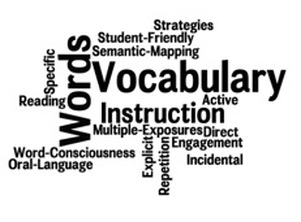
We know that a richer vocabulary significantly impacts our students’ success in reading comprehension, writing, speaking and learning in the content areas, yet it often receives relatively little attention in many classrooms (Beimiller 2001).
The discrepancy that exists in students’ oral language even before they begin school is a concern. Hart and Risley (1995) found that three-year olds from advantaged homes had oral vocabularies as much as five times larger than children from disadvantages homes. Louisa Moats (2001) estimated that linguistically advantaged students enter grade one with about 20,000 words, while disadvantaged students were likely to have only 5,000 – a condition she called “word poverty”. Without intervention, this gap continues to widen. Andrew Beimller (2005) suggested however, that because vocabulary deficits are often culturally based, the likelihood of remediation is higher than with other learning problems.
The discrepancy that exists in students’ oral language even before they begin school is a concern. Hart and Risley (1995) found that three-year olds from advantaged homes had oral vocabularies as much as five times larger than children from disadvantages homes. Louisa Moats (2001) estimated that linguistically advantaged students enter grade one with about 20,000 words, while disadvantaged students were likely to have only 5,000 – a condition she called “word poverty”. Without intervention, this gap continues to widen. Andrew Beimller (2005) suggested however, that because vocabulary deficits are often culturally based, the likelihood of remediation is higher than with other learning problems.
 RSS Feed
RSS Feed